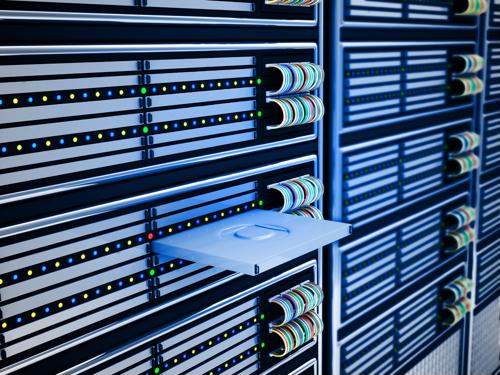
The rising popularity of GPUs
By Max BurkhalterJanuary 24, 2022
Graphic processing units' (GPUs) potential in multiple industries has grown in recent years. GPUs are the main source of computation for many organizations, speeding up many processes that previously relied on CPUs (central processing units). They are used across sectors, particularly beneficial to those industries that rely on heavy data consumption and video processing power.
While CPUs are designed to navigate large, varied tasks, a GPU can handle tasks while maintaining high-quality resolution. A CPU can compute at a faster rate, and is more versatile than a single GPU, and yet GPUs en masse can complete repetitive computing tasks in many scientific and graphic arenas.
GPUs' growth potential
The recent uptick in graphics cards for video games, in Cryptocurrency mining, and faster data collection explains the accelerated interest in GPUs. According to JPR, the GPU market is estimated to have a 3.5% annual growth from 2020 to 2025, reaching 3,318 million units by 2025.
GPUs excel in these tasks, equipped with the memory and processing power to create many of the computer games and websites we use without a second thought. The turn toward digital work has boosted the GPU market's potential, and many companies are looking to GPUs to aid in numerous computation projects.

The computational power of GPUs
The question that many would ask, knowing little about the details of the processing units they have come to enjoy in their lives, is what makes a GPU popular for computation?
A single GPU is not more powerful than a CPU, but many GPUs are responsible for high speed, multi-informational computation in graphic heavy arenas. McKinsey Digital describes the benefits of GPUs in "complex, distributed environments" in which data is pulled from unrelated data stacks for correlated results.
GPUs are able to retrieve information from multiple data frameworks, enabling 'deep learning' according to the same Mckinsey Digital source. This implies that an organization searching for missing data, or seeking to understand the flux of their data, will be able to use GPUs to easily compute and make sense of their information. Entities in data-heavy sectors, including retail and health care, might use GPUs to analyze and understand their gathered data.
The other graphic-heavy fields, including video editing and gaming applications, also benefit from GPUs processing power. The same data computation described above aids applications that require high graphics as more visual effects are available to these programmers. Many demographics are enjoying advanced graphics in their media consumption, although they may not understand to what they owe these technological advancements.
Intel describes the benefits of GPUs in video rendering, including their current programmable state and flexibility across applications. GPUs gain popularity for their innovative graphic handling, allowing new video technologies to accelerate in innovation. Video game producers, for example, are constantly looking for better graphics to attract a wider audience. GPUs aid in the new realistic images that many enjoy in their video technologies.

GPUs are gaining popularity across sectors, as many organizations transition to online data collection and as graphics and video production accelerates. GPUs and CPUs, offering varied applications, can also work together to accomplish a company's goals.
Perle is an expert in the processing tools companies need to succeed. Read our customer success stories to learn more.



